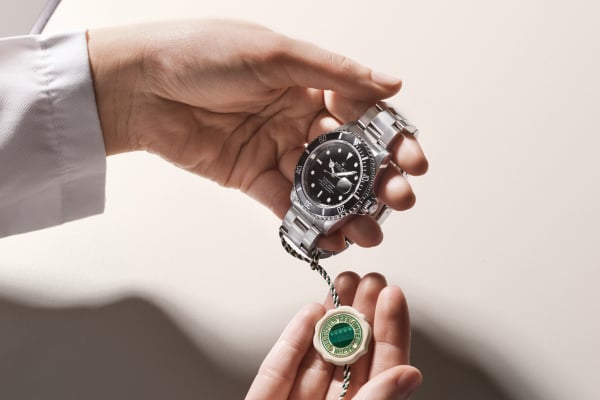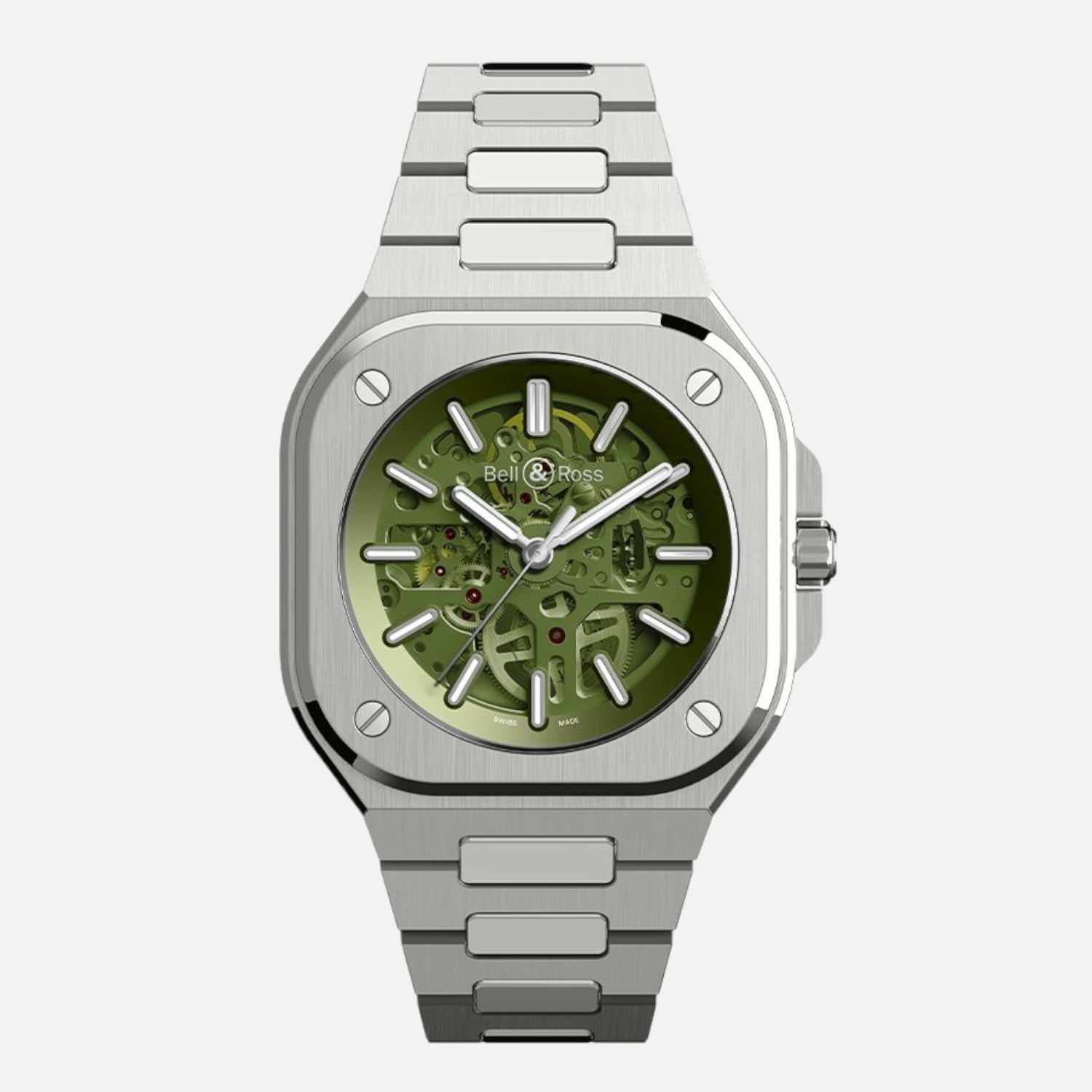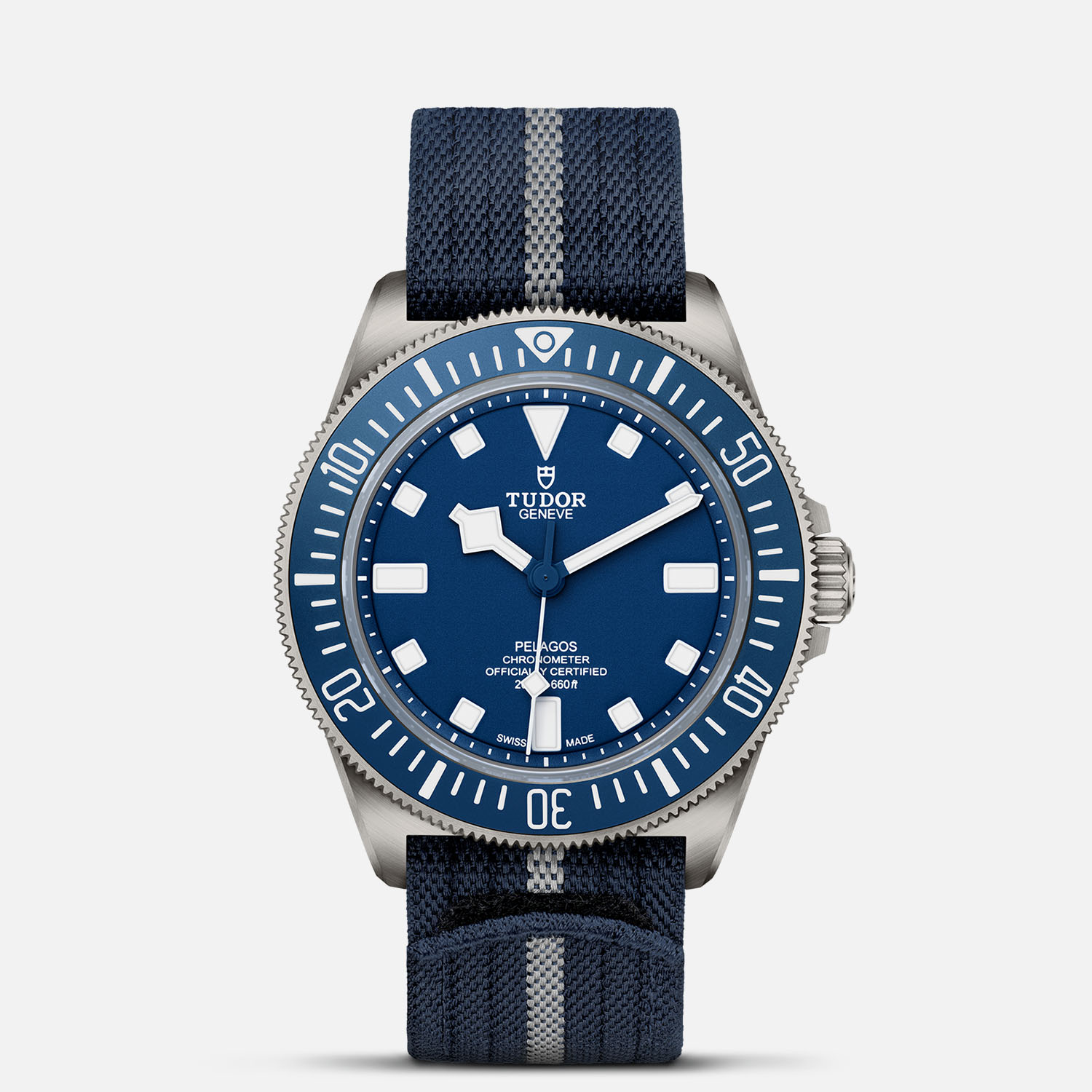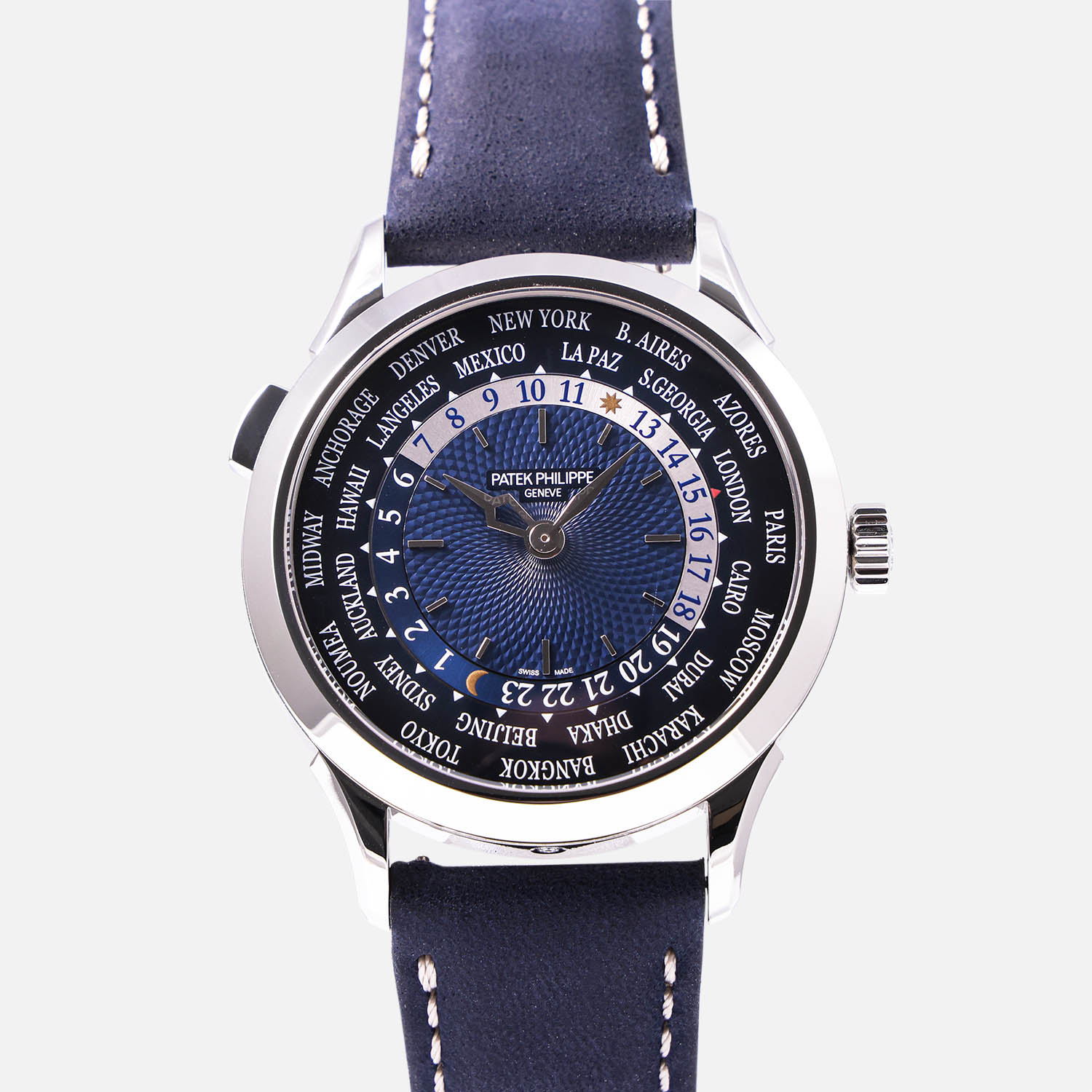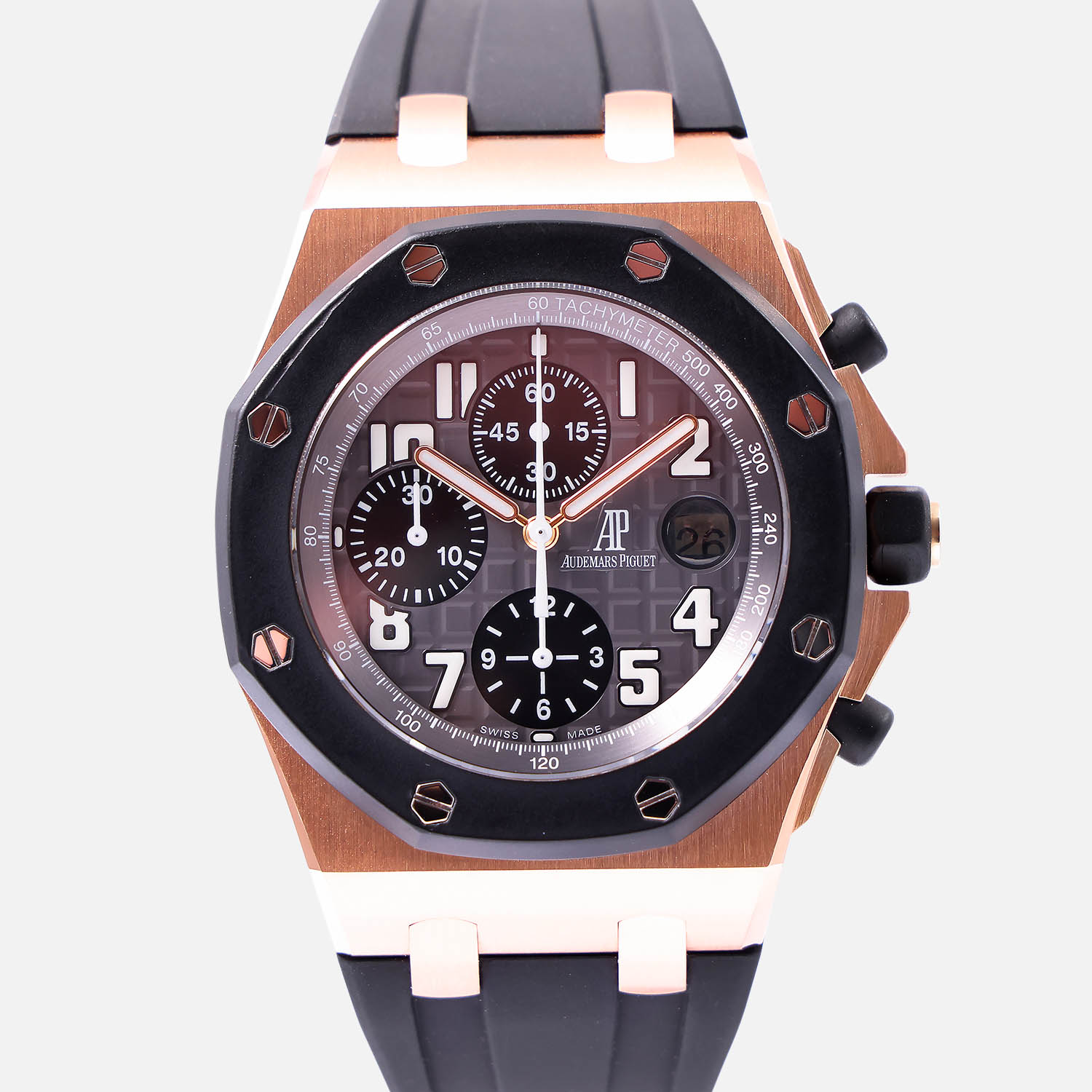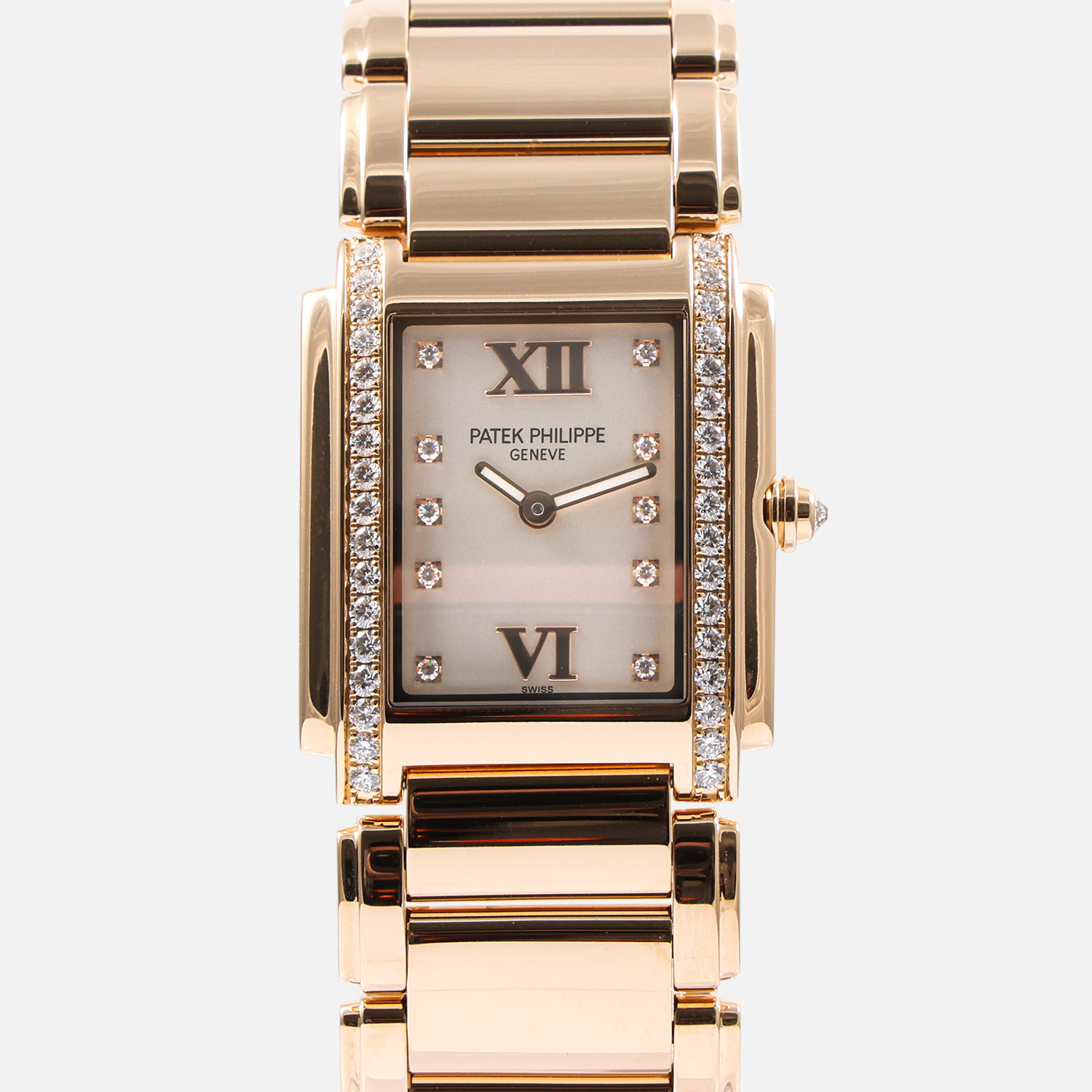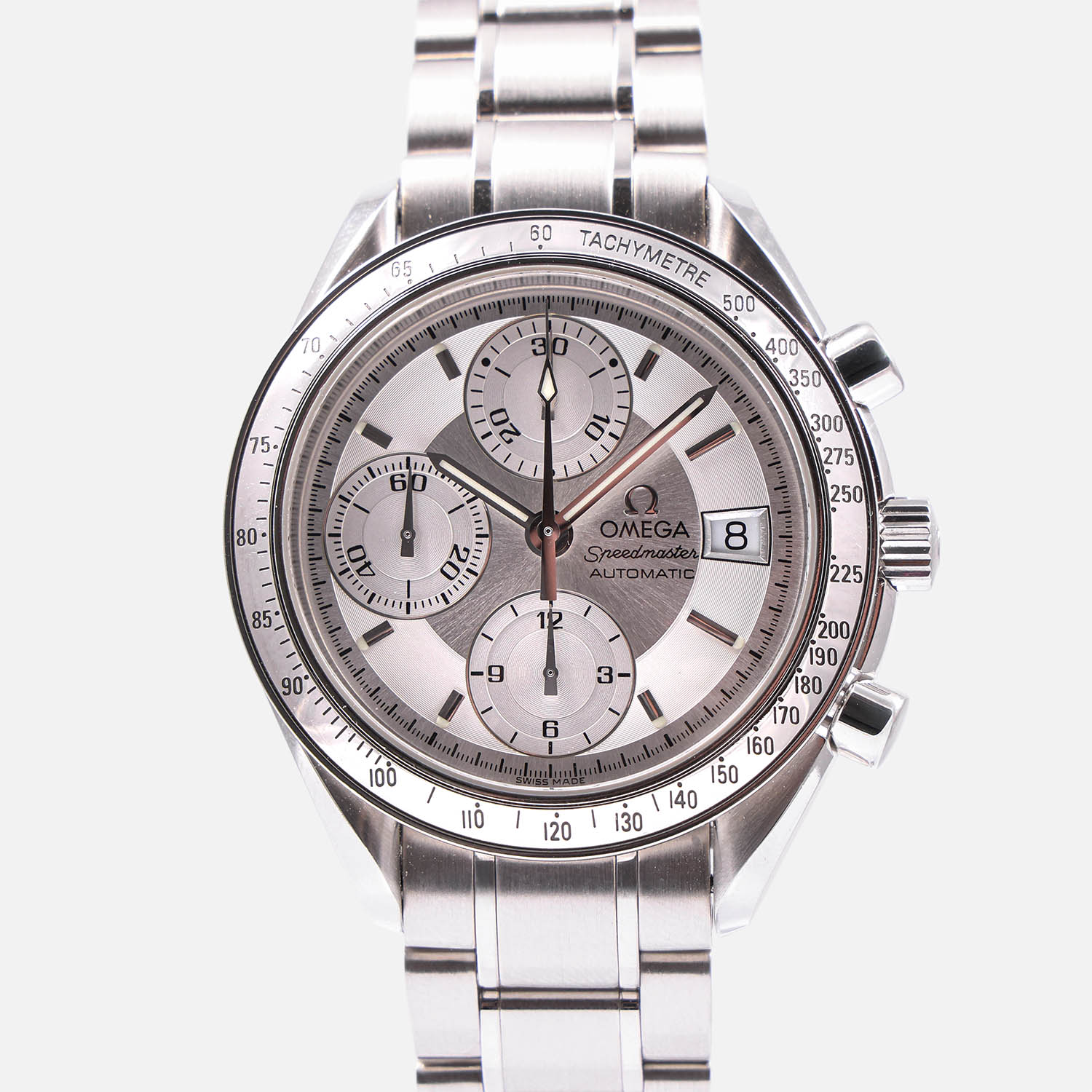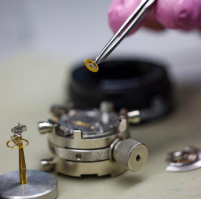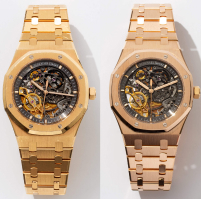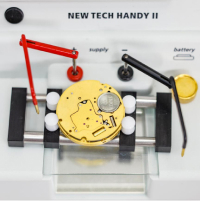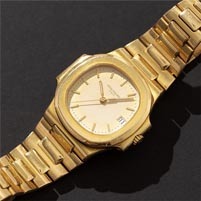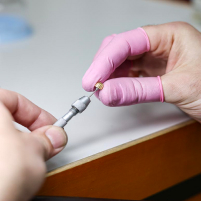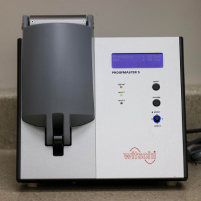Watch Movements
A movement is what makes a watch “go.” Most watch companies purchase either the entire movement or parts of the movement from other companies. There are a handful of companies that are ‘vertically integrated’ and make their own movements without using any supplies from subcontractors. These companies are referred to as Manufactures, and the watches they make are typically more expensive and highly sought after because of their exclusivity.
Movement Types
Manual Movements
A manual movement, frequently called a hand-wound movement, is the oldest type of watch movement made, dating back to the 16th century. It requires daily winding in order to work. Manual movements are the most traditional movements and are usually found in very conservative, expensive, and collectable watches.
Important aspects to consider before purchasing a manual watch:
- Daily winding is required.
- When winding a manual watch, it should be wound until there is a feeling of tension or tightness on the crown. If it is wound past this point, damage to the movement may occur.
- Remove the watch from the wrist prior to winding or setting. Failure to do so will cause damage to the movement, crown, and stem.
Components of the manual movement:
Crown
The wheel on the side of the watch that is used to set time. It can also be turned to wind the watch to run.Mainspring
The power source of the movement. The kinetic energy from winding the crown is transferred to the coil-shaped mainspring, which stores the energy by getting tighter and tighter.Gear Train
Transmits the stored energy from the mainspring to the escapement through a series of small gears.Escapement
Acts like a brake, taking the energy transmitted from the mainspring through the gear train and pushing it out into equal, regular parts.Balance Wheel
The heart of the movement, receiving the energy to run from the escapement. The balance wheel beats, or oscillates, in a circular motion between five and ten times per second. A watchmaker can make the balance wheel oscillate faster or slower, which in turn makes the watch run faster or slower.Dial Train
Another series of gears that transmit the regulated, equally metered energy from the balance wheel to the hands of the watch, making them move.Jewels
Synthetic rubies that are set at points of high friction, like the center of a gear that is constantly in motion. Used as bearings to reduce metal-to-metal friction and wear, they improve performance and accuracy. Rubies are used because they absorb heat well and are extremely hard.Automatic Movements
An automatic, or self-winding, movement is a mechanical movement first marketed in the beginning decades of the 20th century. It winds itself while worn on the wrist, eliminating the need for daily hand winding. However, if not worn for some time, the watch will stop and require a manual winding. This does not include taking the watch off before bed.
Components of the automatic movement:
Crown
The wheel on the side of the watch that is used to set time. It can also be turned to wind the watch to run.Mainspring
The power source of the movement. The kinetic energy from winding the crown is transferred to the coil-shaped mainspring, which stores the energy by getting tighter and tighter.Gear Train
Transmits the stored energy from the mainspring to the escapement through a series of small gears.Escapement
Acts like a brake, taking the energy transmitted from the mainspring through the gear train and pushing it out into equal, regular parts.Balance Wheel
The heart of the movement, receiving the energy to run from the escapement. The balance wheel beats, or oscillates, in a circular motion between five and ten times per second. A watchmaker can make the balance wheel oscillate faster or slower, which in turn makes the watch run faster or slower.Dial Train
Another series of gears that transmit the regulated, equally metered energy from the balance wheel to the hands of the watch, making them move.Jewels
Synthetic rubies that are set at points of high friction, like the center of a gear that is constantly in motion. Used as bearings to reduce metal-to-metal friction and wear, they improve performance and accuracy. Rubies are used because they absorb heat well and are extremely hard.Rotor
A half circle-shaped metal weight attached to the movement that can swing freely in 360 degrees as the wrist moves. The rotor is connected by a series of gears to the mainspring and as it turns, it winds the mainspring, giving the watch energy. The rotor is equipped with a clutch that will disengage it from winding when the mainspring is fully wound.Quartz Movements
A quartz movement uses a battery for its power source and does not need winding like a mechanical watch. It is the most accurate type of movement currently being produced.



